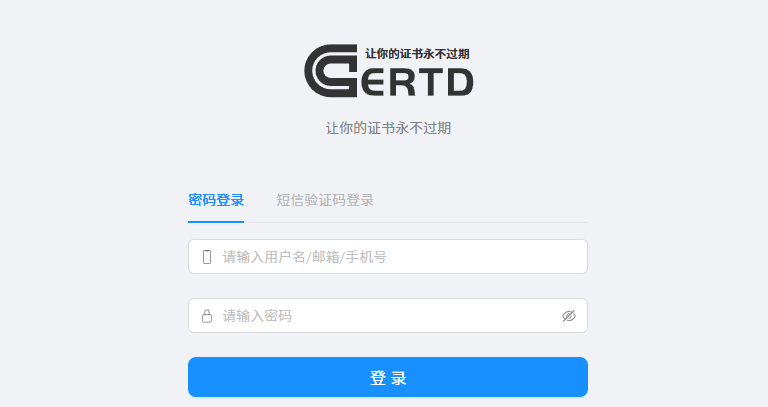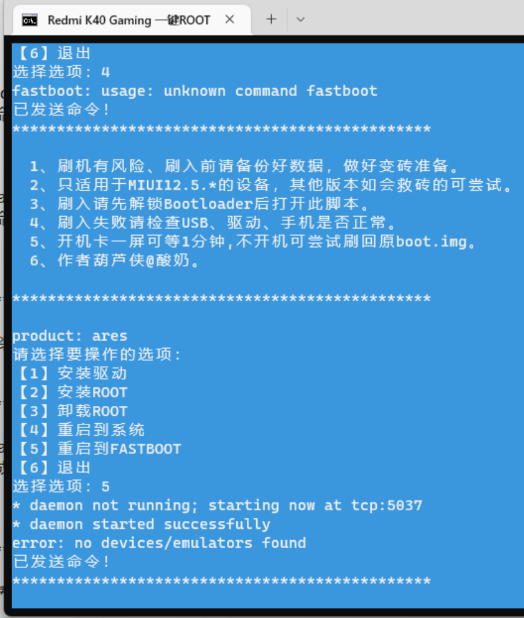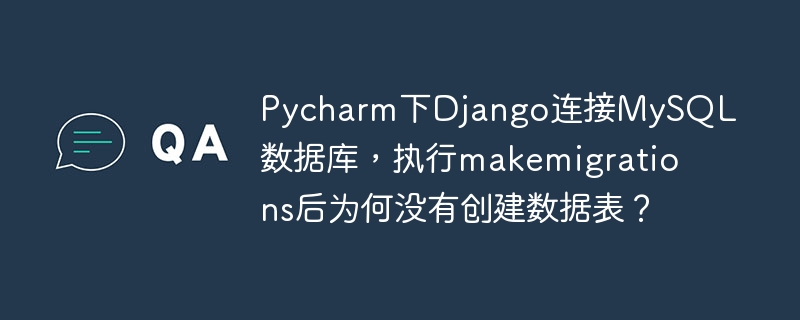在最近的项目中,我需要处理用户资料的url,最初的想法是直接使用数据库自增id作为url的一部分,例如/user/123。但是,这种做法存在明显的安全隐患:攻击者可以轻易猜测或遍历id,从而访问其他用户的资料。此外,长长的数字id也影响了url的美观性。
为了解决这个问题,我开始寻找合适的解决方案。最终,我找到了Cayetanosoriano/HashidsBundle这个symfony Bundle。它利用Hashids库,将整数ID转换成更短、更随机的字符串,有效地隐藏了真实的ID,提高了安全性。
安装这个Bundle非常简单,只需要使用composer:
composer require cayetanosoriano/hashids-bundle
安装完成后,需要在AppKernel.php中注册这个Bundle:
// app/AppKernel.phppublic function registerBundles(){ $bundles = array( // ... new cayetanosorianoHashidsBundlecayetanosorianoHashidsBundle(), // ... );}
接下来,在config.yml中配置Hashids:
cayetanosoriano_hashids: salt: "your_secret_salt" # 必须设置一个安全的盐值 min_hash_length: 8 # 可选,设置最小长度 alphabet: "abcdefghijklmnopqrstuvwxyzABCDEFGHIJKLMNOPQRSTUVWXYZ1234567890" # 可选,设置字母表
记住替换”your_secret_salt”为你自己的安全盐值,这对于Hashids的安全性至关重要。
配置完成后,就可以在你的控制器中使用Hashids服务了:
use SymfonyComponentHttpFoundationRequest;public function showAction(Request $request){ $hashid = $request->get('hashid'); $hashids = $this->get('hashids'); $userId = $hashids->decode($hashid)[0]; // 解码Hashid获取原始ID // ... 使用 $userId 获取用户数据 ...}
更进一步,Cayetanosoriano/HashidsBundle 提供了 Doctrine 参数转换器,可以自动解码路由中的 Hashid。只需要在 services.yml 中进行如下配置:
sensio_framework_extra.converter.doctrine.orm: class: cayetanosorianoHashidsBundleRequestParamConverterHashidsDoctrineParamConverter arguments: ["@hashids", "@doctrine"] tags: [{ name: request.param_converter, converter: doctrine.orm }]
然后,你可以直接在路由中使用 Hashid:
user_show: path: /user/{hashid} defaults: { _controller: "AppBundle:User:show" }
Bundle 还提供了 Twig 扩展,方便在模板中编码和解码 Hashid:
<a href="https://www.php.cn/link/781bb09f7e59ced95366df42706d0e43" rel="nofollow" target="_blank" >View Profile</a>
通过这些简单的步骤,我成功地将数据库ID隐藏在URL中,提升了应用的安全性,并且简化了代码。使用Composer和Cayetanosoriano/HashidsBundle,整个过程高效且便捷。 这大大减少了安全漏洞的风险,同时使得URL更加简洁美观。 如果你也面临类似的问题,强烈推荐你尝试一下这个Bundle。 希望这篇文章能帮助到大家! 学习更多Composer的知识,可以访问这个在线学习地址:学习地址



















